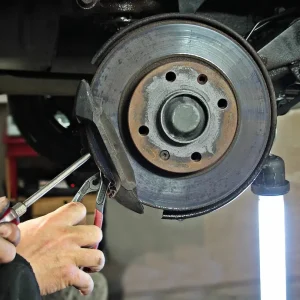The Times recently published a letter from a reader concerned that The Advertising Standards Authority had ruled that adverts featuring cyclists must show the rider wearing a helmet and riding not more than 0.5m from the kerb.
It got me thinking about how driving and riding on our roads is portrayed in the media.
Ask anyone to name a programme on television about driving and 99% will say Top Gear. Rephrase the question to ask about TV programmes on “safe driving” and the percentage will be different. In fact, I can’t think of one!
But if there are no programmes on safe driving, what message does that send? Particularly to young, more easily influenced, drivers plus those too young to drive – but who will be on our roads in the all too near future.
TV is clearly a powerful influence. If it wasn’t there’d be no advertising.
But Top Gear aside, we’ve got programmes such as Police Interceptors or Worlds’ Scariest Drivers that, in my opinion, sensationalise terrible driving.
The programme makers would say they educate – I’d argue that their viewers are not sitting down to watch in order to have a driving lesson.
Television soap dramas also get things wrong when it comes to driving, and I wonder if viewers are subconsciously taking in the mistakes shown and think that is the correct way to drive, e.g. moving off whilst putting on your seatbelt, or moving off without taking effective observation etc.
The problem is, I suspect making a programme about good driving will possibly break the record for the lowest viewing figures ever.
But the good news is that if drivers can be influenced by TV images, they can also be influenced by online training. Even better news is that completing online profiling and e-learning costs also only a few pounds – in fact far less than a TV licence.





